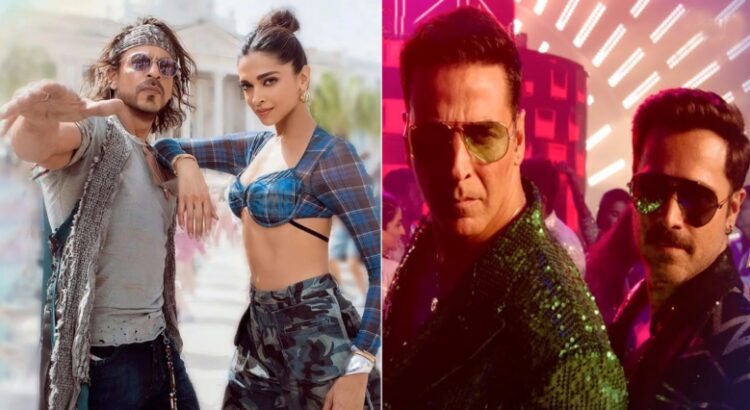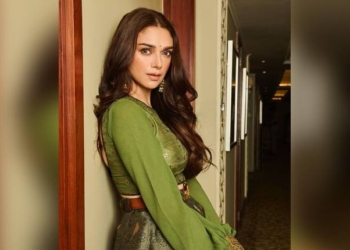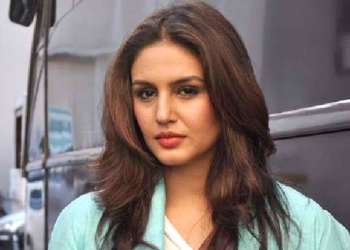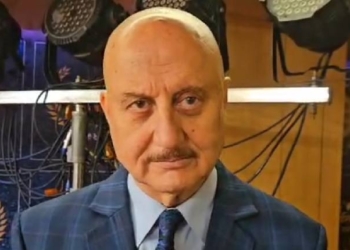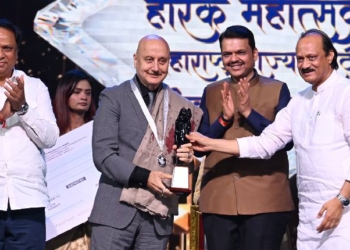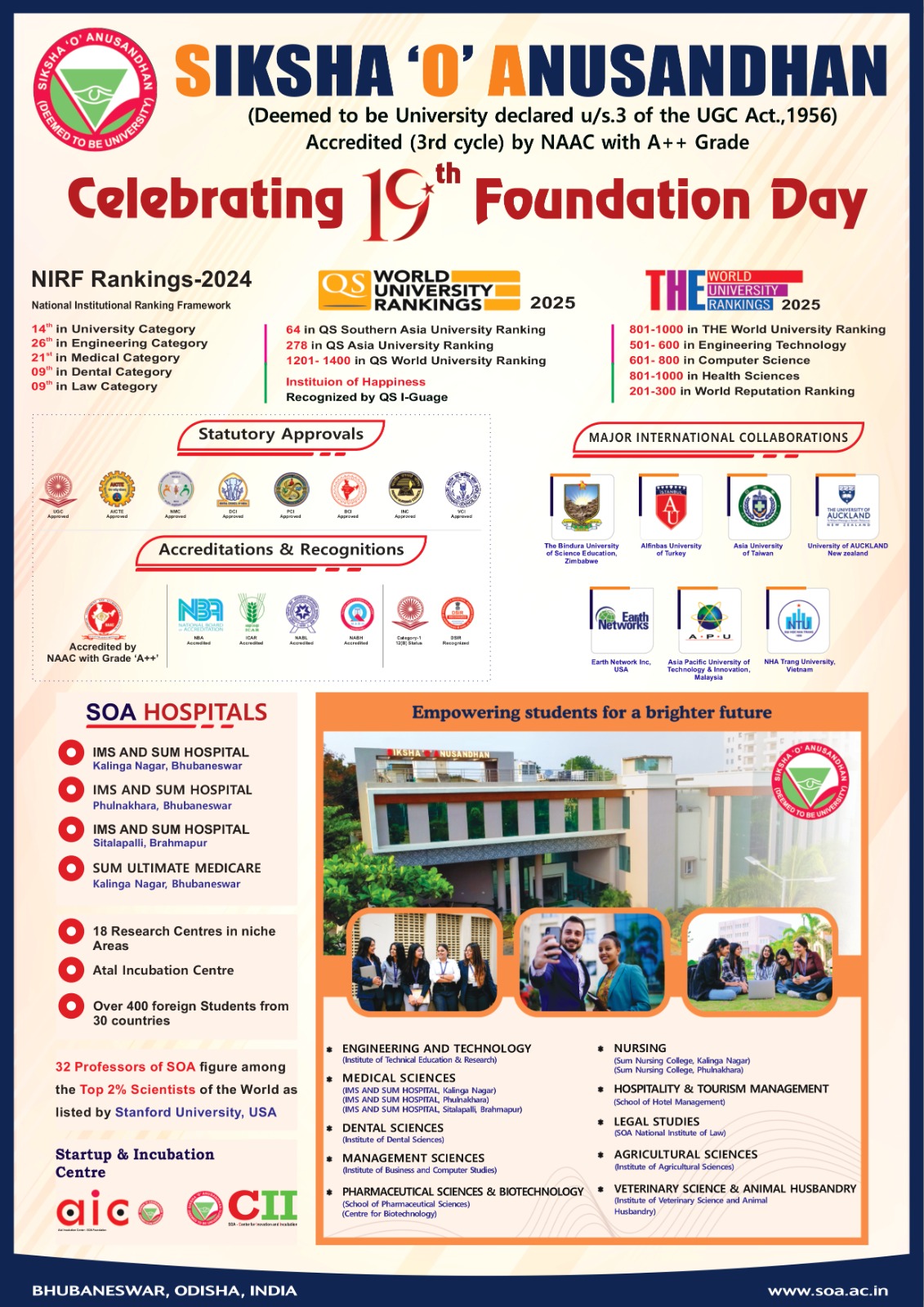New Delhi: Music makes or mars a film. Filmmakers all over have lived by this belief and rightly so. In the old days, music mostly meant melody. Depending on the theme and situation, there would be a club song, a marriage song, a bhajan, a picnic song, a sad song, a patriotic song, and so on.
Bhajans are extinct now and patriotic songs have only recently resurfaced, thanks to the nationalistic fervour in the air.
Film music, the melody, the situational songs, from the bhajan to the cabaret, bid their adieu with the start of the new century. What was the last memorable bhajan you heard? Can’t recall. What was the last patriotic song you heard? Probably, just one: ‘Teri mitti…’ from the film ‘Kesari’. And, melody in general? There is nothing such as melody in film music anymore. Sad!
Music makers as well as filmmakers seemed to lose that sense of creativity as the new century dawned. They probably thought that songs in the films were meant to be just fillers in compliance with the old traditions of filmmaking! The songs were assumed to just help promote a film, not the film’s narration.
Song promotion slots were created first on All India Radio. From 8 to 8.30 a.m., the time was marked for promoting film songs. At a price, of course: Rs 3,000 for a three-minute playtime! That certainly helped promote the music of new films.
Eventually, promoting songs through the video medium had become the norm and some TV channels designed slots only to air the songs of forthcoming films. It was ironic that these songs provided the eyeballs and TRPs to channels and still producers had to pay them.
Thankfully, now the songs are uploaded on portals such as YouTube for free, mostly by music companies, and they get paid according to the number of views.
Filmmakers started shooting songs that would be appreciated on these sponsored song slots which they believed made a film popular and bring in the initial audience!
One film stood out and was quite peculiar. Ramgopal Verma made a song-less film, ‘Bhoot’. After the film was complete, he thought he needed to shoot a song to promote the film on television. So, he went ahead and shot not one but six songs, burdening the budget senselessly. So much for creative genius!
The best of directors fail to use imagination. ‘Bhoot’, designed to be a song-less film, could have been promoted in other ways. B.R, Chopra made two song-less films under his banner, ‘Kanoon’ (1960) and ‘Ittefaq’ (1969), in an era when music played a vital part in popularising films. Both were not only big hits, but are now rated as cult films.
In those days, popular music helped a film get attention and music records were released well in advance. A film may have the best musical score, but if the music wasn’t given enough time to grow, it affected the film’s prospects.
‘Karz’ was one film I remember which had outstanding music, but the track’s release was delayed, leaving no time between the film’s release. The film did not get the deserved response initially, but its music remains popular.
The one thing proved what film music meant and that was the popular radio programme aired on Radio Ceylon every Wednesday between 8 and 9 p.m. It was compered by the inimitable Amin Sayani. India’s own All India Radio (AIR) did not have a commercial service then. When this programme was broadcast, people were glued to their radio sets. They speculated about the song that would make it to the number one position that week!
That was the power of film music and melody. Radio sets blared out film songs at high decibel levels all over, from the neighbour’s house to the paan-beedi shop or chaiwala tapri. Many rickshaws had music systems installed and there were people who preferred to hire only these rickshaws, which did not care about sound pollution till the cops came down hard on them!
Now, nobody plays music the way it was played. Of course, there was a phase when sons of the nouveau riche loved loud music blaring out in their fast cars. But, then came a device like Walkman, and playing music became personal. That is how it has been ever since. Now, it is smartphones.
But the channels of listening to music were changing fast. The compact cassettes had put veneer records out of use. Then the digital era followed; music moved to CDs and soon online. Music companies do not print discs now, not even a symbolic few.
Revenues are generated from ringtones (which were a big source earlier) and now from online portals such as YouTube and others. And, considering the millions of hits each song gets, one can assume that music companies are minting more revenue than ever before, the quality of music notwithstanding.
That leads me to the music of the recently released film, ‘Pathaan’, vis-a-vis a couple of the forthcoming films. The ‘Pathaan’ songs — ‘Besharam rang …’ and ‘Jhume jo Pathaan …’ could not have become even moderately popular if released only as audio tracks. The songs, with their visuals, did wonders.
They created a certain amount of controversy as well as a buzz, which it helped the film get a big publicity boost and assured it a certain number of opening day footfalls. With other factors at work, the film went on to claim various box office records. So, now, a film’s music counts more on choreography than the melody!
What the ‘Pathaan’ songs on YouTube also did was get a couple of other filmmakers whose films were to follow, to engage in some course correction. One film, ‘Shehzada’, delayed its release by a week to rework its music! The other film, ‘Selfiee’, has also released its song on YouTube.
The makers of both films released songs that had nothing original about them. The ‘Shehzada’ song, which was expected to help the film’s promotion, is nothing but a remixed version of the song ‘Character dheela…’ from the Salman Khan film, ‘Ready’. It has not helped the film in any way looking at the opening response to it.
And Akshay Kumar’s ‘Selfiee’ came up with another remix, ‘Main khiladi tu anari…’ from his 1994 film of the same name!
Old wine in new bottle? It does not sell!
Zee-multiplex deadlock
Zee was schedule to release its new Punjabi film, ‘Gol Gappe’, on Friday, February 17. But the multiplex management from the Punjab circuit posed a last-minute hurdle just two days before the film’s release. It was not a hurdle really but a concern that the cinemas had.
The exhibitors in Punjab had cause to worry because if the producers did not get the expected response from the cinemas initially, they would go on to release the film on the OTT platform within a couple of weeks.
The exhibitors contend that knowing that the film would be available soon on OTT, audiences don’t turn up at the cinemas at all.
What the exhibitors in Punjab want is an undertaking from Zee that they would not release the film on OTT for at least eight weeks from its theatrical release so as to give the cinemas enough time to enjoy an open run.
Looks like a fair demand. After all, films are primarily made to be screened in cinema theatres.
Unfortunately, no compromise was reached. The film has been released everywhere except in the three national multiplex chains — PVR, Inox and Cinepolis; all three refused to release the film.
(IANS)




